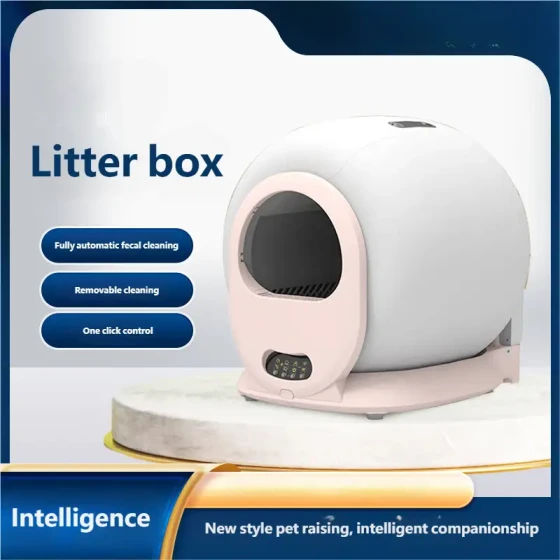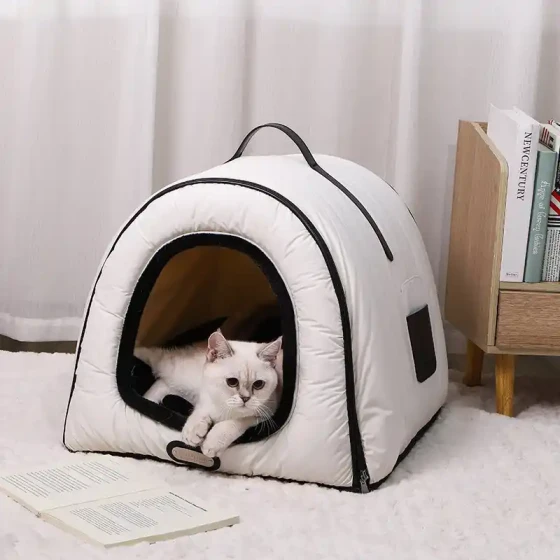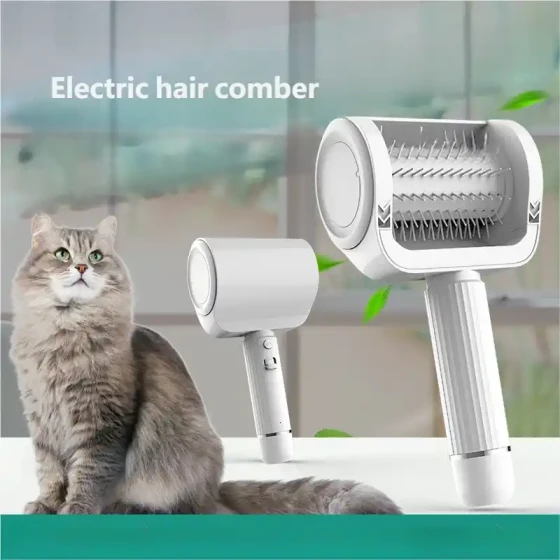How to Help Cats Lose Weight_Scientific Weight Loss for Healthier Cats
Many cat owners find chubby cats adorable, but just like humans, excessive obesity in cats can cause many negative health effects and may even shorten their lifespan. Scientifically helping cats lose weight to regain a healthy body shape allows these “masters” to live longer and happier.
Cat obesity is not just about a round body shape; it increases the risk of various diseases such as diabetes, arthritis, heart disease, fatty liver, and more. These illnesses severely impact cats' quality of life and can threaten their lives. So if your cat is already “plump and glossy,” it’s time to start considering their health and devise a scientific weight loss plan.
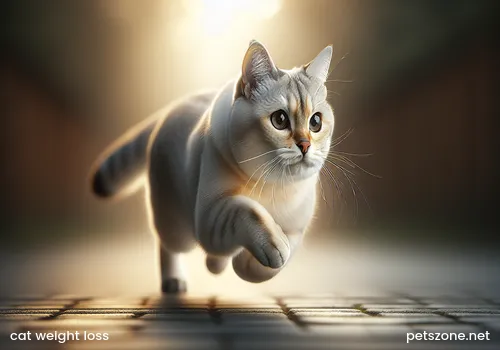
How to determine if your cat is overweight?
To judge if a cat is obese, you should not only look at the weight number but also combine body shape and palpation for a comprehensive assessment. Generally, adult domestic cats weigh around 3.5-5 kilograms, but there is significant variation among breeds. The most accurate method is performing a Body Condition Score (BCS) assessment or consulting a veterinarian.
An easy and practical method is the “bone palpation method”:
- Observe body shape: Viewed from above, a normal cat should have a distinct waistline. From the side, the abdomen should not sag excessively.
- Touch the ribs: Gently feel the cat’s ribs on both sides of the chest. If you can easily feel the ribs covered by only a thin layer of fat, the body condition is normal. If the ribs are difficult to feel and feel covered in thick fat, the cat may be overweight.
- Check tailbone and hip bones: In a cat with normal weight, the tailbone, hip bones, and spinal bones can all be clearly felt.
If still unsure, the best approach is to take your cat to a veterinary hospital and have a professional vet evaluate. Vets can assess body fat percentage and combine the weight and health status to provide the most professional judgment and advice.
Why do cats get fat?
There are many reasons for cat obesity, the most common is excessive caloric intake with insufficient calorie expenditure. Simply put, “eating more and moving less.” Specific causes may include:
- Overfeeding: Providing unlimited cat food (buffet-style feeding) or giving too many treats, especially those high in fat and calories, is a major cause of obesity. It’s like humans constantly eating cookies and chips easily getting fat.
- Lack of exercise: Especially indoor cats with limited activity space who, without their owner's guidance, easily become “couch potatoes,” resulting in little calorie expenditure.
- Improper diet: Long-term feeding of cat food with too high carbohydrate content or nutritionally imbalanced homemade food can also cause cats to gain weight.
- Neutering: After neutering, cats may have a lower basal metabolic rate but increased appetite. Without dietary and exercise adjustment, weight gain is easy.
- Aging: As cats age, metabolism slows down and activity decreases, making weight gain more likely.
- Diseases: Certain diseases or medications (such as steroids) may cause weight gain in cats.
- Genetic factors: Some cat breeds are naturally more prone to obesity.
- Psychological factors: Some cats may eat to relieve stress, anxiety, or depression, leading to weight gain.
Scientific weight loss makes cats healthier
Cat weight loss needs to be gradual; rapid slimming should be avoided. Rapid weight loss may lead to severe health issues like fatty liver, threatening life. Generally, a weekly weight loss goal should be controlled at about 0.5%-1% of current body weight.
A scientific cat weight loss plan usually includes the following aspects:
1. Reasonable diet adjustment:
Dietary control is key to cat weight loss.
- Calculate daily required calories: During weight loss, a cat’s daily caloric needs should be calculated based on its “target weight,” usually target weight (kg) multiplied by 35-40 kcal. Professional vets or pet nutritionists can provide more precise calculations and dietary plans based on the cat’s specific situation.
- Choose suitable cat food: Prefer cat food labeled as “weight management” or “low fat.” These foods typically feature low calories, high fiber, high protein, and low fat. High fiber increases satiety; high protein helps maintain muscle mass. Wet food contains high moisture and has a larger volume per calorie, increasing satiety, making it a good choice.
- Feed on a fixed schedule and portion control: Stop free-feeding, switch to fixed times and portions daily. You can adopt “small frequent meals,” dividing the total daily meal into 3-4 or more portions, which helps reduce the cat’s hunger.
- Strictly control treats: Treats are usually calorie-dense, so reduce or stop feeding them as much as possible. If treats must be given, choose low-calorie healthy treats and count these calories within the total daily calorie intake.
- Gradual food transition: If changing cat food, use the “seven-day transition method,” gradually increasing the proportion of new food, allowing the cat’s digestive system to adapt slowly and avoid digestive issues or refusal to eat.
2. Increase exercise:
“Move your legs” is as important as “control your mouth.” Increasing exercise not only burns calories but also increases muscle mass and boosts basal metabolism.
- Interactive games: Use teaser wands, laser pointers, plush toys, etc., to stimulate the cat’s hunting instincts, guiding them to run, jump, and chase. Playing several times a day for 10-15 minutes each time works well.
- Create an engaging environment: Set up cat climbing structures, cat trees, food puzzle toys (treat balls) at home to encourage climbing, jumping, and “treasure hunting,” increasing activity. If possible, consider a cat treadmill.
- Guided feeding: Place food in elevated spots or locations requiring “obstacles” to fetch the food, increasing the cat’s effort and activity during feeding.
3. Monitor weight changes:
Regularly monitoring the cat’s weight changes helps track the weight loss progress and adjust the plan in time.
- Weekly weighing: It is recommended to weigh the cat at the same time each week using the same scale and record the data.
- Observe body condition: In addition to weight, regularly observe body shape changes, using the “bone palpation method” to evaluate.
- Adjust as needed: If weight decreases too fast or too slow, or body condition shows no obvious changes, adjust diet and exercise accordingly.
4. Regular veterinary check-ups:
During the cat’s weight loss process, regular vet visits for exams are very important.
- Assess health condition: Vets can check the overall health status of the cat and rule out underlying diseases that may affect weight loss.
- Provide professional advice: Vets can offer personalized weight loss plans, dietary suggestions, and exercise guidance based on the cat’s specific situation.
- Monitor weight loss results: Vets will evaluate the cat’s weight, body fat ratio, and adjust the weight loss plan as needed to ensure a healthy slimming process.
Frequently Asked Questions
- How long does it take for a cat to lose weight? The time varies depending on the degree of overweight and individual differences, possibly lasting weeks to months. Patience and gradual progress are key.
- What if my cat dislikes exercise? Try different toys and games to find the cat’s favorite way to move. The owner’s companionship and encouragement are also very important.
- Are all "weight loss cat foods" suitable for my cat? No. Different cats have different needs. It is best to choose the most suitable cat food under the vet’s guidance.
In summary, helping cats lose weight is a task requiring patience and perseverance, but it is all worth it for the sake of the cat’s health. Through scientific diet management, appropriate exercise, and regular veterinary check-ups, your “master” will surely regain a healthy and slim body shape and enjoy a longer, happier life!
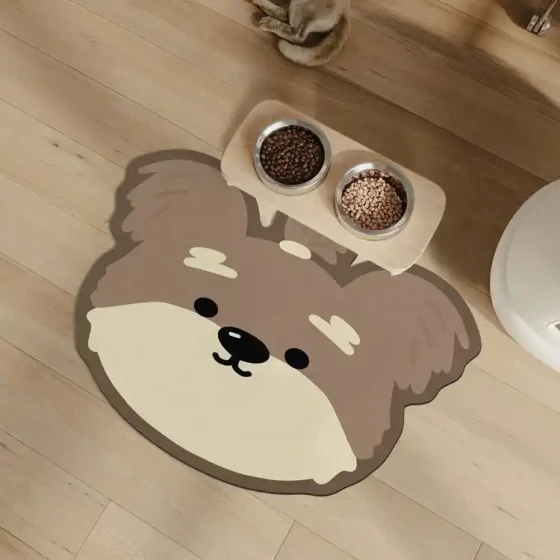
-560x560.webp)
-560x560.webp)
